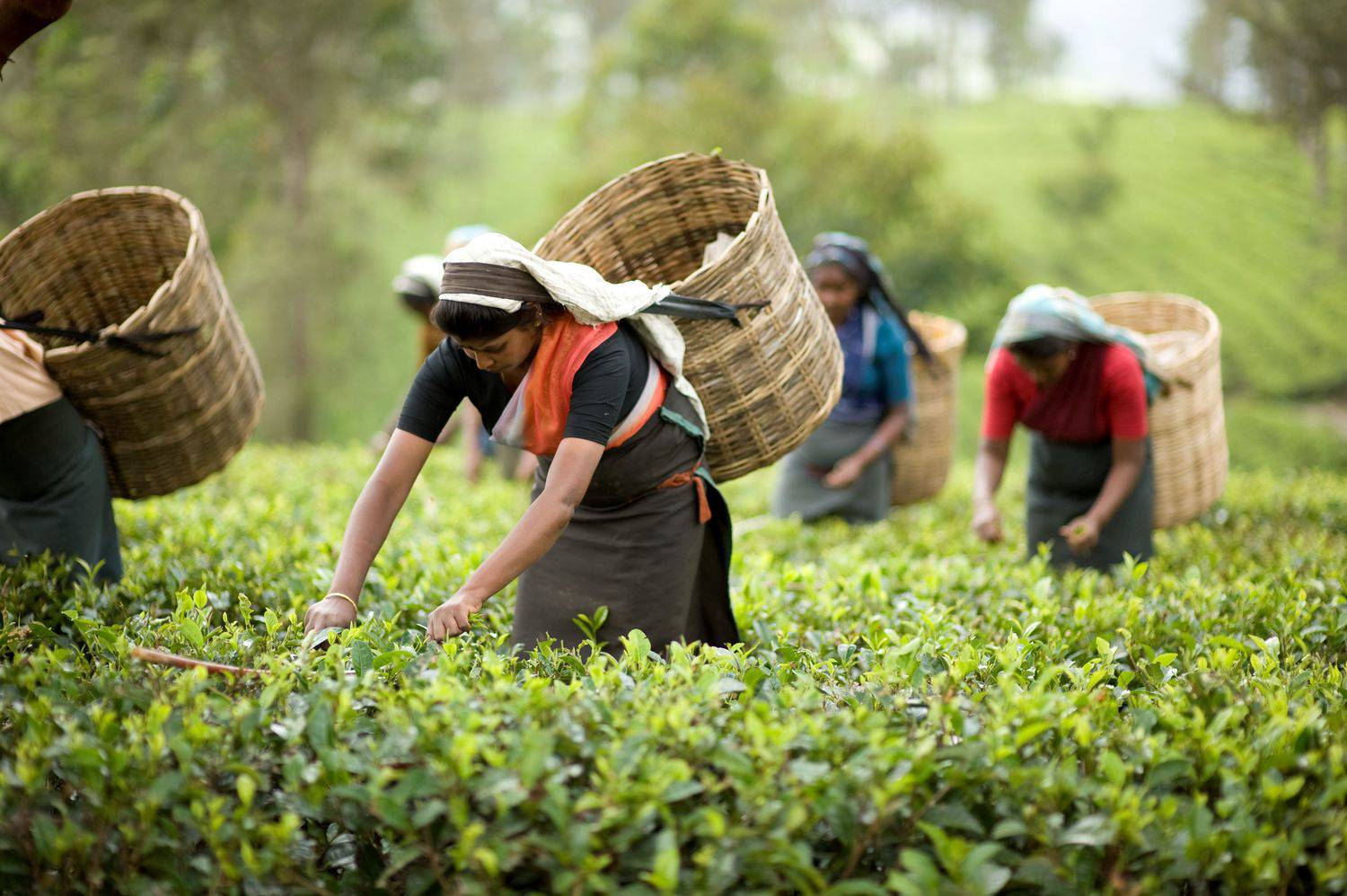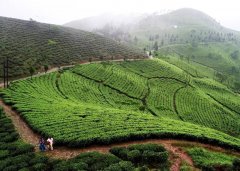Why Darjeeling black tea has honey flavor? Which Darjeeling black tea has a strong honey flavor and tastes good
How would you react if your favorite plant or well-maintained garden was infested by pests? You may say that you can't stand it. You might think the best thing you can do is to get rid of all the pests, right? But if you ask a group of tea farmers in a particular area in a particular season, they may say,'No, they are the most popular. "that would be the most incredible thing you've ever heard. We must reach an agreement. How much does the environment and its diversity affect the flavor, quality, intensity and taste characteristics of the tea we drink? What is the difference between Darjeeling coffee cups and other coffee cups, or what is the unique flavor of black tea in Assam, while the corresponding black tea does not? Just like grape making wine, the cultivation and flavor of tea depend to a large extent on the local customs and environmental factors of a region. Such as climate, soil, topography and so on. Let's dig for more information. There are three main tea-producing areas in India, all of which are very different from each other. Their tea is significantly different in all respects. For most people, tea is tea. But when you are really interested in it and appreciate it, you will begin to notice some very obvious differences and nuances between regions, and then tea from the same region. It will take some time, but it will definitely be a very rewarding journey, full of history, stories, and perhaps some biology and ecology courses. This also makes people have different views on these tea-growing areas. With awe and mystery. How this magical land turns these seemingly ordinary plants into these extraordinarily exciting and rich drinks, everyone likes it, and some people are partying around the world. Once you fall in love with it, there is no turning back, you will only love it more, because every time you taste it, you will love it more, because it has a different taste every year and every season. What is fascinating is that even if it rains all day, it can change the way a batch of dishes are prepared.

Let's look at Darjeeling. It's synonymous with tea, isn't it? So what makes its tea so special? The steep hills are mostly covered with fog, with 126 inches of rain (yes, 126 inches) a year, sometimes raining cats and dogs for more than 20 days in a row. Of course, there are sunny and warm days. The height of contours ranges from 2000 feet to 6700 feet. For example, junpana Tea Estate is invisible and can only be reached on foot. It has unique biodiversity, with dense pine forests to the north, and mountain streams bring sweet, mineral-rich water to these rugged slopes. All of this is converted into tea, which tastes of immature fruit, sweet green vegetables and moist wood throughout the spring. Remember the pest we talked about at the beginning? Yes, Darjeeling is like this. Jassids is a small green leafhopper that infects in summer. These and many of nature's diversity and eccentricities make tea more interesting than it seems at first glance. We like to taste the multiple flavors of every kind of tea provided by nature, and we should be equally careful to protect and cultivate these diverse nature so that we can enjoy them for a longer time in the future.
Important Notice :
前街咖啡 FrontStreet Coffee has moved to new addredd:
FrontStreet Coffee Address: 315,Donghua East Road,GuangZhou
Tel:020 38364473
- Prev

What kind of tea is there besides black tea in Darjeeling, India? Darjeeling orange, yellow and white price list
Darjeeling Tea has different types of Darjeeling loose leaf tea, including different tastes, each offering unique tastes and benefits for its tea drinkers. Darjeeling black tea is the most popular and favorite tea connoisseur in the world. Then there are other kinds of tea, such as Darjeeling oolong tea, white tea and green tea. Let's be detailed.
- Next

Which manor brand is the top Darjeeling black tea? Is top Darjeeling black tea expensive?
Founded in 1859, Makaibari is the first tea factory in the world and one of the oldest tea gardens in India. Located in Nine cities, it is the only tea garden in Darjeeling that has been owned by Indian families from the very beginning, and has nothing to do with Britain. You don't need to go to the local area to taste their delicious 2.
Related
- The milk tea cup becomes smaller?! Overlord Tea Girl launches a new "Return to Yunnan" series
- Accused of selling counterfeit and high-priced coffee beans! Well-known boutique coffee brand "Oukelao" bowed and apologized!
- How to make espresso dumplings? Can I eat coffee and glutinous rice balls together?
- Save the unformed and stagnant powder cakes in one second! What is the problem with stagnant water in the powder bowl of the espresso machine?
- What does hand-brewed coffee stop mean? Why is it not recommended to make coffee by hand?
- Is it normal to smell like coffee? Why does coffee smell like alcohol? What's wrong with the strong smell of cold extract ice dripping ice brewed coffee?
- How to solve the problem that hand-brewed coffee extraction takes too long? Why is the water flowing so slowly when making coffee?
- The main points of making Australian white coffee, the proportion details, how does Australian white properly foam and blend the flowers?
- Can ice water make cold extract coffee? What is the difference between room temperature water and ice water for making cold coffee?
- What milk is best for making latte and white Dirty coffee? What is the difference between different brands of fresh milk and pure milk for making coffee?

